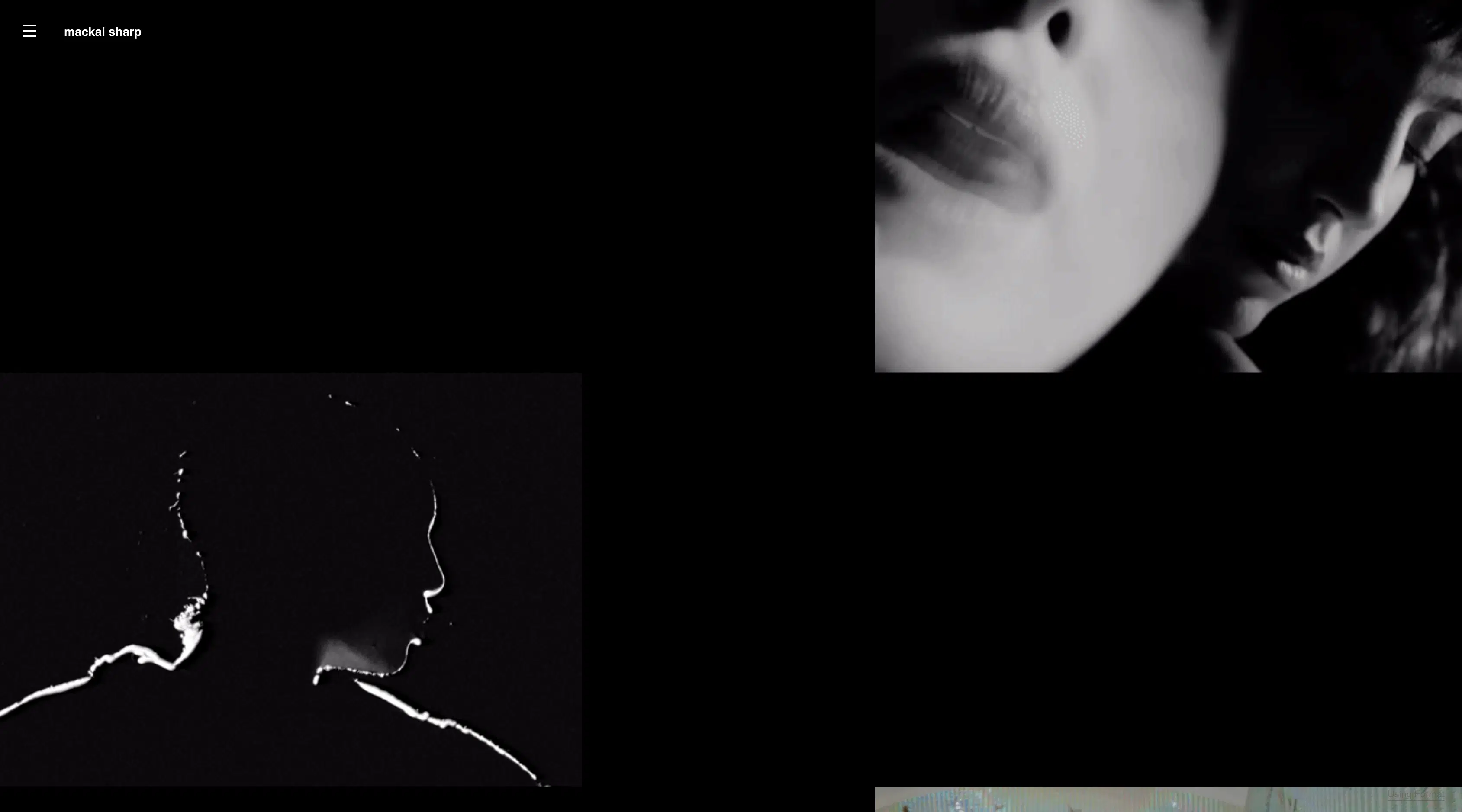On the internet, stealing photography is as easy as right-click and save. This essentially means that anyone can use your photo on their website or blog without giving you the proper credit you deserve. Because of this, fully understanding photography and copyright law is essential for both beginner and more established photographers.
Or, in other words, you need to know how to protect your images and what to do if they’re being misused.
This guide will explain copyright, infringement claims, and when is the right time to use that little circle with a “c” in it. We’ll explain when you should issue a cease and desist letter, and when you should let it go. You’ll also learn about the Digital Millennium Copyright Act and how it helps you.
First of all, what exactly is photo copyright?
Copyright in photography means that you own an image you created. The law says you created that image as soon as the shutter is released.
This means that photographer copyright laws state that whoever pushed the button owns the copyright. A photographer will own that copyright throughout their life and 70 years afterwards.
Whether it’s photography on your hard drive, online portfolio website, or a post on your Instagram feed, with this ownership, you have exclusive rights to your image according to the Copyright Law of the United States of America. This photography and copyright law covers you for:
- Reproducing your photography
- Preparing derivative works based on your photography
- Distributing copies of your photography to the public (by sale, rental, lease, or lending)
- Publicly displaying your photography
Owning the copyright on your photography doesn’t require any special paperwork, or having the © associated with your image. The copyright will automatically apply once you post your photography online because, at that point, it exists in a “tangible medium.” It’s out there, and it’s yours.
Work-for-Hire is an exception to this rule.
The only exception to this rule is when your photography falls into the “work-made-for-hire” (or “work for hire”) category.
A Work-for-Hire relationship is created in two situations:
- The photographer is an employee hired to take photographs for an employer. A photojournalist employed by a newspaper is an example of Work-for-Hire. However, a wedding or portrait photographer hired for one specific event is not Work-for-Hire.
- The photographer is hired and signs a written contract that specifically states that the work is to be considered Work-for-Hire.
The Work-for-Hire agreement will relinquish any rights the photographer has to the work created for the client, so make sure you know what you’re getting yourself into before signing on that dotted line.
Do you to add the ‘©’ notice to maintain your photo’s rights?
Including a copyright notice—such as ‘©’, the word ‘copyright,’ or ‘Copr.’ with a date and name of the copyright owner—is no longer required to declare who owns the copyright of a photograph. However, if you want to cover all your bases, there’s no harm in adding it to each photo you publish.
To use the copyright notice “©”, you don’t have to register your work with the U.S. Copyright Office.
A proper notice has three parts:
- The copyright symbol © (the word “Copyright,” or its abbreviation, “Copr.” is also fine).
- The year of creation.
- The name of the author or copyright holder.
The final form looks like this: © 2016 Your Name.
For good measure, you may even want to include the phrase, “All Rights Reserved’ after the copyright notice for some added protection in the international arena.
Adding a copyright notice may not always stop someone from stealing your photography, but it serves as a reminder that your work is protected and not in the “public domain” for anyone to use without permission.
Does adding a watermark help boost copyright images?
As mentioned above, you don’t, technically, have to do anything to copyright photos. The moment you put any image out into the world, you own the copyright.
Having said that, image theft happens, and if you want to greatly reduce the likelihood that your images get stolen, adding a watermark to your photos is a great idea to help boost your photo’s copyright.
If you’re not already aware, a watermark is a transparent symbol or signature added on top of a photo to help “mark” it as yours.
The idea is that with the watermark applied, people will be much less inclined to steal your photo because the watermark makes it obvious the photo has been stolen, and the photo won’t look as appealing with the watermark. The downside here is that, while yes, the photo is more protected, there’s also now a mark on it that could be distracting or deter from the beauty of your photo. Finding a balance between letting your work be seen, while also protecting your photo is key.
How do you copyright your photography with a watermark? Best practices:
- If you don’t want the watermark to distract from your photo, place a small logo or signature in one of the corners of the photo. While it’s still possible for someone to simply crop the watermark out with this method, it also might encourage a thief to look elsewhere for a similar photo that isn’t watermarked.
- Similarly, you can place a small watermark on a part of the image that you can’t crop out without ruining the photo (i.e. directly in the middle of the photo).
- Grid watermarks that cover the entire photo almost always deter image theft. While a grid watermark may distract from the image, you can always adjust the watermark’s transparency so it’s not entirely distracting. This tends to be a good option for portrait photography.
What’s the easiest way to protect your images on your Format portfolio?
To enable image protection for your images on Format, you just need to visit your Settings page. You will see a heading titled “Image Protection” under “Site”. You can choose either “on” or “off” with the slider.
You will also be presented with a dialog box to input the text you’d like visitors of your site to see when they attempt to right-click or otherwise save an image from your site.
Read more here.
So, do you even need to register your copyright at all for protection under image copyright laws?
Copyright registration is voluntary and is generally seen as a formality to make your photography part of the public record. However, registration may come in handy if you want to take legal action against an infringement of your work.
If your photography is not registered with the U.S. Copyright Office prior to an infringement, a photographer may only recover “actual damages” instead of “statutory damages.” Meaning, the photographer is only entitled to the “fair market value” of their work, instead of what could be up to a $150,000 award, plus legal fees.
In situations like these, it’s always good practice to register your photography within three months of its first publication—especially considering it can take up to eight months to get filed. Under image copyright laws, courts usually calculate actual damages based on your normal license fees and/or standard licensing fees plus profits derived from the infringement.
If you want register a copyright for your photography, you can through the U.S. Copyright Office website.
Should you register your copyright if you’re publishing photography online?
Photography and copyright law ensures the same copyright laws protect your photography when you publish online. In other words, your work will never become public domain unless you make it so.
Some platforms have default permissions when you upload your images that allow for commercial use of your photography without paying for it. You can still report copyright infringement. When in doubt, just brand each photo with a © symbol or watermark.
What if an illustration is made using your work and then used commercially? Does that count as copyright infringement?
Yes, under photography and copyright law that situation can be ruled as copyright infringement if it’s deemed to be a derivative work and that the illustrator has copied the copyrightable elements of your photo.
A derivative work is based on an already existing image and through photo editing, these revisions must be considered different enough from the original photograph to be regarded as a new piece.
In other words, it must contain some substantial originality. The threshold for originality from a derivative work is judged much higher than that required for the original work in the eyes of the law.
An important point to note is whoever created the derivative work owns the copyright to the revision of the photograph, whereas the original copyright is still owned by the creator of the original work it was based on.
What is the Digital Millennium Copyright Act (DMCA) and how can that help you copyright images?
Here’s a scenario: you find a website using your photography without permission and you aren’t even given a photo credit. What do you do?
Because of the Digital Millennium Copyright Act (DMCA), you can contact the hosting Internet Service Provider (ISP) or simply go to DMCA.com to report the infringement. The copyright act allows for the ISP to remove the image from the offending website.
The best part about the DMCA is that you don’t even need to have your copyright registered in order to be protected by this provision.
In addition, according to copyright law for photography, you may also be eligible for damages if your copyright notice or watermark is removed to hide an infringement.
What else can you do if your photography is used without permission?
Hopefully, you would have added a copyright notice on your work, but even if you haven’t, you’ll still be protected by copyright law. There are a few different ways to approach this situation.
Option 1: Request a photo credit
Since the infringer is already providing a decent marketing outlet for your work on their own website, you may want some credit where credit is due. Send an email or DM them on social media to request a photo credit and set the parameters for the right to use your photography.
Add the condition that the infringer must also post a copyright notice and a link to your online portfolio, too. You may even get some new customers because of the exposure.
Option 2: Prepare a DCMA take-down notice
This notice must be in writing and signed by the copyright owner, identifying the copyrighted photo that was infringed.
As the photographer, you must include a statement that the information contained in the notice is accurate and that you have the right to proceed because you are the owner of the copyright.
Even if you don’t reside in the U.S., you may use this tool to stop an infringer in the U.S. from using your photography.
The DMCA website explains more here.
Option 3: Prepare a Cease and Desist letter (photo copyright statement)
If the infringer could be a potential client and you don’t want to cause a fuss, personally contact them and explain that their use of your photography isn’t authorized. Either request payment of an appropriate license fee for the use of your image, a photo credit with a link to your website, or if that doesn’t work, ask that they cease the use of your image.
Photographers sometimes send the infringer an invoice for 3x their normal license fee in an attempt to resolve the copyright infringement issue. Although this may be a photography industry standard, there isn’t a legal right given to do this by any court of law or statute.
Instead, U.S. law says that you are entitled to actual or statutory damages for copyright infringement.
The damages you can receive from a copyright infringement can sometimes amount to a lot more than three times your normal license fee if you register your photography in a timely manner.
There are some risks in sending the photo copyright notice yourself. You might have to be up for a fight because if the infringer says that they were authorized to use your photography by filing a request for declaratory judgment to preempt a lawsuit. This may involve you taking legal action for which you may need legal counsel in a court that may not be in your area. Not fun, especially if you’re out of your jurisdiction.
To avoid these turn of events, include in your demand letter that “these discussions and offer to settle are an attempt to compromise this dispute.”
Consider speaking to a lawyer first.
Option 4: Hire a lawyer to send a demand letter
Although this can lead to increased tensions, the weight of your demand letter is dramatically increased if it comes from an attorney.
Some attorneys charge a flat fee to send a letter, where others may charge a “contingency fee” based on the percentage of recovery—or both.
Be sure to find a lawyer who specializes in copyright issues, or specifically, photography and copyright law.
Option 5: File a Copyright Infringement lawsuit
This is your most aggressive option and will involve pursuing legal remedies by filing suit.
It’s best to hire an attorney to help you file a suit because legal procedures can be complicated. Don’t worry if your photography isn’t registered with the U.S. Copyright Office at the time of the infringement, you can still file suit but you may want to register your photography for future possible infringements to be eligible for statutory damages.
Keep in mind that you’ll have three years from the date of infringement to sue for copyright infringement. However, in most jurisdictions, you’ll need to have received your registration certificate in order to file a complaint in a Federal district court.
Option 6: Do nothing
To save yourself time and effort fighting copyright infringement, you always have the option to do nothing. Especially if the infringer is in a foreign country, where these situations are rampant and difficult to enforce, or if the website is small with very little traffic, you may not want to waste your time.
It’s all about weighing the time, energy, and effort you’ll have to put into getting that image taken down. Ask yourself: Is it worth it?
The future of photography and copyright law
In the digital age, copyright law and its relationship with photography has become increasingly more important to understand, and very possible to enforce. The appropriation of your photography by online pirates can be done with a few keystrokes so being equipped with knowledge of the law can go a long way in protecting your photography from copyright infringement.
In the digital age, copyright law and its relationship with photography has become increasingly more important to understand, and easier to enforce.
The appropriation of your photography by online pirates can be done with a few keystrokes so being equipped with knowledge of the law can go a long way in protecting your photography from copyright infringement.
Keep this photography and copyright law guide in your back pocket. If you bookmark the link, you’ll always have it available just in case. (But hey, fingers crossed you never have to use it)
Header Photo via Hindmarch Images Online Portfolio











